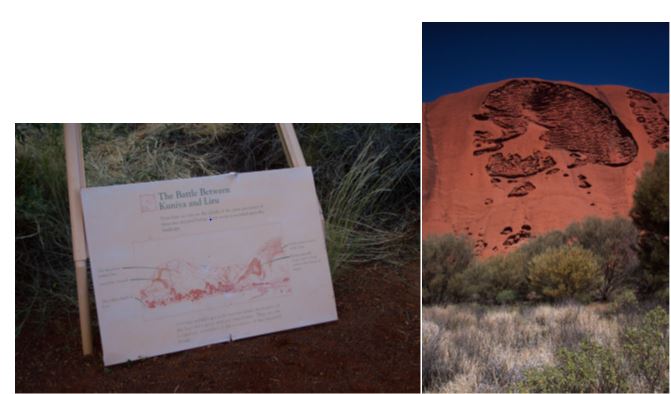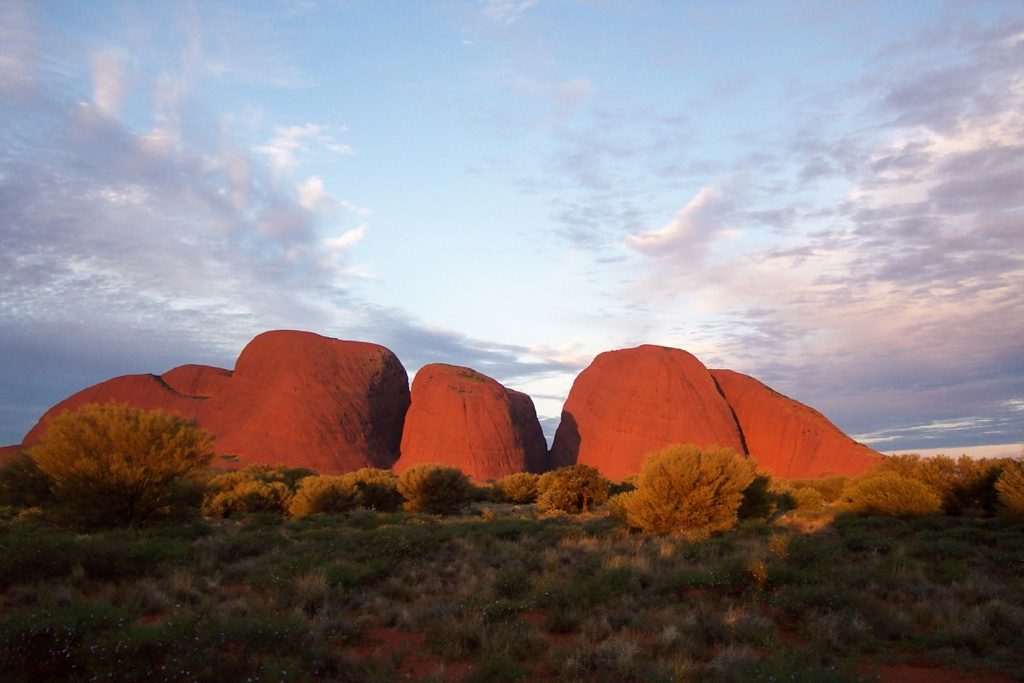
When I first received the invitation to contribute to “Is This All There Is,” I thought immediately of the great speculative fiction author Douglas Adams. The question called to mind the title of his novel So Long, and Thanks for All the Fish. An open question about endings demanded an equally amorphous valediction. My goal was to write a series of seemingly unconnected vignettes, which would ultimately connect to a point and work in the number “42.” Inspired by recent resignation letters from the executive branch of the US government, which used the initial letters of paragraphs to spell out the words “RESIST,” and “IMPEACH,” I thought it might be fun to do something like “SKYWALKER,” “CYCLOPS,” or “MS. MARVEL.” Unfortunately, I realized quickly that I lacked the fortitude and creativity to do something like that. However, in keeping with the spirit of Adams, there is a secret message embedded within the text, but the cryptographic key has yet to be determined.

While this essay remains fragmented, hopefully to create a mosaic at the end, the original flippancy that was my impulse has passed. The passage of ten years is a remarkable feat, especially in terms of digital lives. It is a point of serious reflection, and perhaps transformation. This anniversary coincides with a time of strong political division in the United States, the emboldening of the KKK and supporters of Nazi ideology. In this context, the question transforms to “What is next?” Perhaps before answering the question of what is next, it is useful to think about what is important.
Every few years, I go to Australia to visit family. On one of these trips, we went to Uluru, sometimes known as Ayers Rock. It is sacred geography to the First Nations who inhabit Australia. Many tourists climb the site, but the people who hold it sacred ask them not to. The majesty of the stone is awe-inspiring. Over the course of the day, the formation changes colors, and it is impossible to get a sense of the size of the monument from any angle on the firmament. It is simply large and humbling.

Next to Uluru are another series of rock formations known as Kata Tjuta, the Olgas. These formations are no less stunning than Uluru, and are also considered sacred. There is a permanence that these sites suggest, a measure of time that we cannot understand.

While driving on an ocean road on a trip to the Great Barrier Reef, you notice little cairns between the road and the ocean. They are not there to indicate any obvious direction, nor do they seem to be memorials of any sort. They are a type of earthen graffiti; a declaration that “I was here.” There is a sense of preserving the environment, while leaving a permanent mark. Stones are persistent, and barring human intervention or extreme weather, the cairns should last for some time. There is nothing sacred about these rocks, but what people do with them, marking the space, makes the geography almost liminal.

I recently joined some of my friends in Orlando, Florida, to visit the Pulse Nightclub, about a year after the massacre, to honor the dead. The location is now a makeshift memorial, with plans to make the memorial more permanent. In addition to the signage, paintings, flowers, and other offerings at the impromptu shrine, people decorated and wrote on stones. These markers mentioned names, but also repeatedly talked about love. The club was described as a refuge, where one could freely be Latinx and/or LGBT. The attack was a violation of marginalized communities, by someone from another marginalized community. The response from these communities was not to become divided, but to come together in “Orlando United.” The stones seem to be a manifestation of that feeling of a united community that could not be divided, and it was love that brought them together. There was talk of the heroes of that night, referring to both those who helped and those who survived, because sometimes they were the same people.

As I write this essay, the Hajj, the Muslim pilgrimage to Mecca, is ongoing. During this period, Muslims approach the Kaaba. In that structure is the Black Stone. For believers, the Prophet Muhammad is said to have touched the stone. Pilgrims attempt to touch or kiss the stone, and one legend holds that the stone is black from absorbing the sins of the pilgrims.

Wikimedia Commons under Creative Commons.
When Gilgamesh sought immortality for Enkidu, he wanted his friend to persist beyond mere memory. Yet, in failing, but having his deeds recorded, Gilgamesh, along with Enkidu, achieved immortality. Their story was written on stone.
It seems the instinctive way to permanence has involved rocks. In nature, they form the sacred barriers and markings that tell us some supernatural force is present. As some religions attempt to move beyond attachment to the natural world, they still need these symbols, to mark the dead, to build houses of worship, or to expunge sins. Stone appears as an intuitive approach to ordering the world. It is a basic touchpoint that we return to. When we ask, “Is this all there is?” we respond with a core symbol, upon which we can build again. So the question of what is next depends on the stones used to build.
If we are going to turn to basics, then we must ask ourselves what our basic principles are. Theology is called “Queen of the Sciences.” If this is true, and the study of religion emerges from theology, is it a full heir, ready to take the mantle of its mother; a mutant, hidden and forgotten; an illegitimate child that has no claim; or an illegitimate child able to make a claim to the throne?
Our earliest stories tell us that we have sought a way to be eternal. Google’s Calico, in its quest to increase human longevity, shows that this urge has not passed.
The field cannot be permanent by accepting the core origins of the field. As many historians of our discipline have pointed out, our basis is tied to notions of Christian superiority over other religions, and intimately linked to issues of domination and subjugation.
The story of religious studies seems to be based, like many other stories, on the permanence of rocks. Yet, while rocks may have a longevity, the structure built upon them may not. Our edifice is a cairn. We may paint different symbols and try to give it different meaning, but that does not mean the structure should continue to rise from the first stone laid. Perhaps, instead of building up, we need to build out, as a mosaic.
Gilgamesh is arguably a hero. Our heroes change over time, but we have always needed heroes. George Lucas, in making the Star Wars universe, referenced the work of folklorist Joseph Campbell, which demonstrated the persistence of heroic ideas across time and space. We have gone from Luke to Rey; from Carol Danvers to Kamala Khan. Our heroes are not only aspirational but representational.
As we look at the field of religious studies, we have to ask how we are aspirational and representational. The hero is ultimately the one who does the right thing, which sometimes may be unexpected. If we wish to carry the mantle of the humanities, our questions of method are instrumental to questions of whose stories we tell and how we tell them.
We need new stones to build our discipline in a time of change. I would not hazard to offer a comprehensive list of what those stones might be.
I would proffer that digital technologies have a role to play in that exercise. Rather than repeat some of the concerns raised elsewhere on the SSRC website on these questions, I turn specifically to The Immanent Frame. As a space for discourse and dialogue, it seems well-situated to raise the very questions as to what is fundamental to the discipline. It can perhaps even question what defines the discipline and what the relationship is to theology. The stones upon which our discipline has been built are perhaps not the stones we need to build further. It is possible that our heroes are apotheosized, rather than simply valorized. So is this all there is? It depends on what is next, and what we think is important. That TIF has reached ten years tells me that there is much more to be done.












